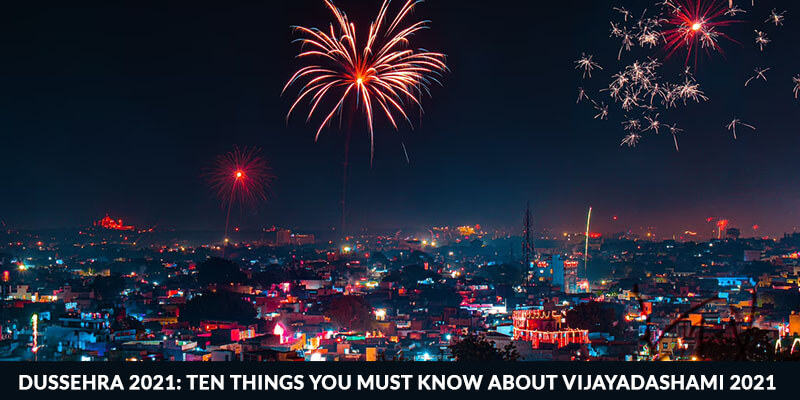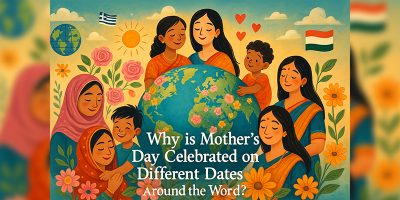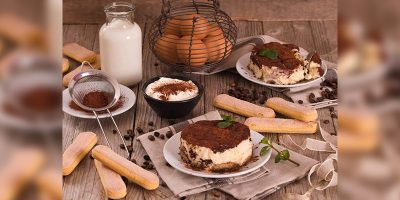At this time of the year, India is commemorating its life in full spirit. Cutting down its festival’s lists, it has now reached down to the festival which celebrates the victory of good over evil. Like all other festivals, this one is celebrated differently by different religions, only the reason remaining common. The clue is that this festival is one of the longest celebrated in India. Yes, of course, you have guessed it right, it is now time for Dussehra, the celebration of dance and music for nine consecutive nights.
In this blog, we are going to talk about the 10 things you must know about Vijayadashami.
So here we go!
1. Vijayadashami ka ‘Garbi’
During this festival, devotees of goddess Durga offer their prayers for nine nights. Families get an earthen pot called ‘Garbi’, which is lighted for all the nights, and devotees offer puja and sing and dance around the ‘Garbi’.
2. Traditional back story
This tradition is followed for nine nights, and on the tenth day, the festival Dussehra is celebrated as the final day when the goddess finally kills Mahishasur, the demon.
3. Celebrations ahoy!
With its gaining popularity among the youngsters, Vijayadashami is now celebrated in a much larger way. Various communities organize Dashami competitions and invite people to participate. The young crowd dressed in full traditional clothes, both men and women, and danced on traditional local and Hindi songs for the night long.
4. The different pujas
This one is going to be big. Vijayadashami is the festival of nine nights in which nine incarnations of Goddess Shakti are worshipped. Each of them was honoured on each of the nine days. The nine goddesses worshipped are:
Maa Shailputri- she is worshipped on the 1st day. The deity was born as Sati-daughter of Daksha and wife of Lord Shiva. She took rebirth as Parvathi- daughter of Himalaya and the consort of Lord Shiva and is closely associated with him.
Maa Brahamcharini- is worshipped on 2nd day. It means, under constant meditation. She is a mild form and is also known as Uma. Sati and Parvathi undertook this form in each of their births to attain Lord Shiva as a husband. Women all over India perform fasts based on the strict austerities followed by Brahamcharini.
Maa Chandraghanta- she is worshipped on the 3rd day. She is so-called because of the crescent moon worn by her on the head. This is the angry look of the goddess. It shows that if the calm deity is provoked, she can become terrible and evil.
Maa Kushmanda- she is worshipped on the 4th day. This goddess has the energy of the universe. As she has eight hands, the holy power is known as-Ashtbhuja. She is with a smiling face believed to end the eternal darkness and the beginning of new light.
Maa Skandamata- she is worshipped on the 5th day. She is the mother of Kartik aka Skanda. He is the general of the lord’s army and the most handsome god. Maa is depicted holding a child in her lap. She is benevolent in this form.
Maa Katyayani- she is worshipped on the 6th day. She is so-called as being the daughter of sage Katya. Though she is the daughter form of Durga and the epitome of love, she can get angry to defend the righteous and good.
Maa Kalratri- she is worshipped on the 7th day. This form of Shakti destroys ignorance and darkness. It is the most violent form of Shakti. In this, she likes the demon’s blood, depicting that violent Mother Nature can create havoc and eliminate all the dirty evil.
Maa Mahagauri- she is worshipped on the 8th day. This form depicts purity. When lord Shiva with water from the river Ganga, it cleaned the soil and dust from the body of Parvathi when she did penance to seek Lord Shiva as her husband.
Maa Siddhidatri- she is worshipped on the 9th day. In this form, the Mother Goddess showers knowledge on the devotee. She removes ignorance.
5. Ram Navmi rituals
After worshipping these nine deities comes the day of Ram Navmi. On the day of Ram Navmi, the ritual of inviting girls with boys under adolescence is prevalent. After serving food as an oblation in the temple, it is served to the children considered a replica of gods and goddesses.
6. Celebration rituals
Though it is celebrated all over India, Gujarat and West Bengal have a unique position. In Gujarat, a dance style called Garba is performed with sticks. West Bengal, on the other hand, arranges a grand lavish prayer ceremony of goddess Durga.
7. Time to discuss gifts
Keeping up to the traditions, the custom of gifting each other applies here too. The best Vijayadashami gifts can be apparel and accessories for both men and women.
8. Dietary obligations
Vijayadashami celebrations are strictly vegetarian when it comes to food. This is, however, not the case for Bengalis. Non-veg food is a cultural part of this section and thus not avoided during Dussehra pooja times. For the rest, however, the main principle to follow is a purely vegetarian diet till the last day of Vijayadashami
9. Popular dishes
For most people, food is the most crucial part of any celebration. Desserts thus occupy an intense part of celebrations. And, because desserts are purely vegetarian, there are no restrictions on binging on them! In Bengal, you can find a wide assortment of traditional sweets throughout this occasion.
10. The true power of Maa
Maa Shakti or Durga is omnipotent, as the Dussehra story suggests. She becomes benevolent and showers prestige, power, and wealth on all her true devotees if she is worshipped with true devotion.
So, feel devoted to this epitome of supreme power and brighten your life with the light of her blessings. Happy Vijayadashami and blessed life always.





